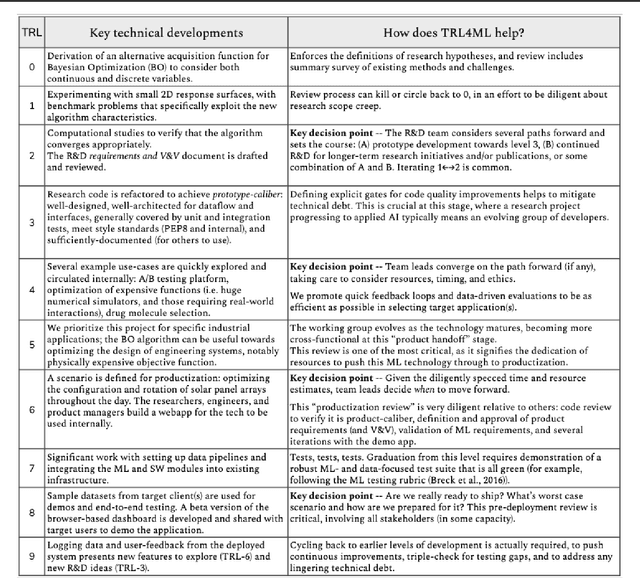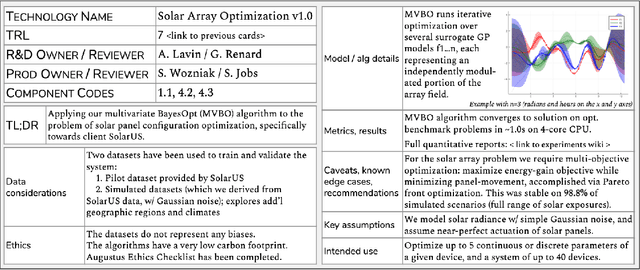Gregory Renard
NASA Science Mission Directorate Knowledge Graph Discovery
Mar 20, 2023Abstract:The size of the National Aeronautics and Space Administration (NASA) Science Mission Directorate (SMD) is growing exponentially, allowing researchers to make discoveries. However, making discoveries is challenging and time-consuming due to the size of the data catalogs, and as many concepts and data are indirectly connected. This paper proposes a pipeline to generate knowledge graphs (KGs) representing different NASA SMD domains. These KGs can be used as the basis for dataset search engines, saving researchers time and supporting them in finding new connections. We collected textual data and used several modern natural language processing (NLP) methods to create the nodes and the edges of the KGs. We explore the cross-domain connections, discuss our challenges, and provide future directions to inspire researchers working on similar challenges.
H2-Golden-Retriever: Methodology and Tool for an Evidence-Based Hydrogen Research Grantsmanship
Nov 16, 2022Abstract:Hydrogen is poised to play a major role in decarbonizing the economy. The need to discover, develop, and understand low-cost, high-performance, durable materials that can help maximize the cost of electrolysis as well as the need for an intelligent tool to make evidence-based Hydrogen research funding decisions relatively easier warranted this study.In this work, we developed H2 Golden Retriever (H2GR) system for Hydrogen knowledge discovery and representation using Natural Language Processing (NLP), Knowledge Graph and Decision Intelligence. This system represents a novel methodology encapsulating state-of-the-art technique for evidence-based research grantmanship. Relevant Hydrogen papers were scraped and indexed from the web and preprocessing was done using noise and stop-words removal, language and spell check, stemming and lemmatization. The NLP tasks included Named Entity Recognition using Stanford and Spacy NER, topic modeling using Latent Dirichlet Allocation and TF-IDF. The Knowledge Graph module was used for the generation of meaningful entities and their relationships, trends and patterns in relevant H2 papers, thanks to an ontology of the hydrogen production domain. The Decision Intelligence component provides stakeholders with a simulation environment for cost and quantity dependencies. PageRank algorithm was used to rank papers of interest. Random searches were made on the proposed H2GR and the results included a list of papers ranked by relevancy score, entities, graphs of relationships between the entities, ontology of H2 production and Causal Decision Diagrams showing component interactivity. Qualitative assessment was done by the experts and H2GR is deemed to function to a satisfactory level.
Technology Readiness Levels for Machine Learning Systems
Jul 04, 2020

Abstract:The development and deployment of machine learning systems can be executed easily with modern tools, but the process is typically rushed and means-to-an-end. The lack of diligence can lead to technical debt, scope creep and misaligned objectives, model misuse and failures, and expensive consequences. Engineering systems, on the other hand, follow well-defined processes and testing standards to streamline development for high-quality, reliable results. The extreme is spacecraft systems, where mission critical measures and robustness are ingrained in the development process. Drawing on experience in both spacecraft engineering and AI/ML (from research through product), we propose a proven systems engineering approach for machine learning development and deployment. Our Technology Readiness Levels for ML (TRL4ML) framework defines a principled process to ensure robust systems while being streamlined for ML research and product, including key distinctions from traditional software engineering. Even more, TRL4ML defines a common language for people across the organization to work collaboratively on ML technologies.
 Add to Chrome
Add to Chrome Add to Firefox
Add to Firefox Add to Edge
Add to Edge